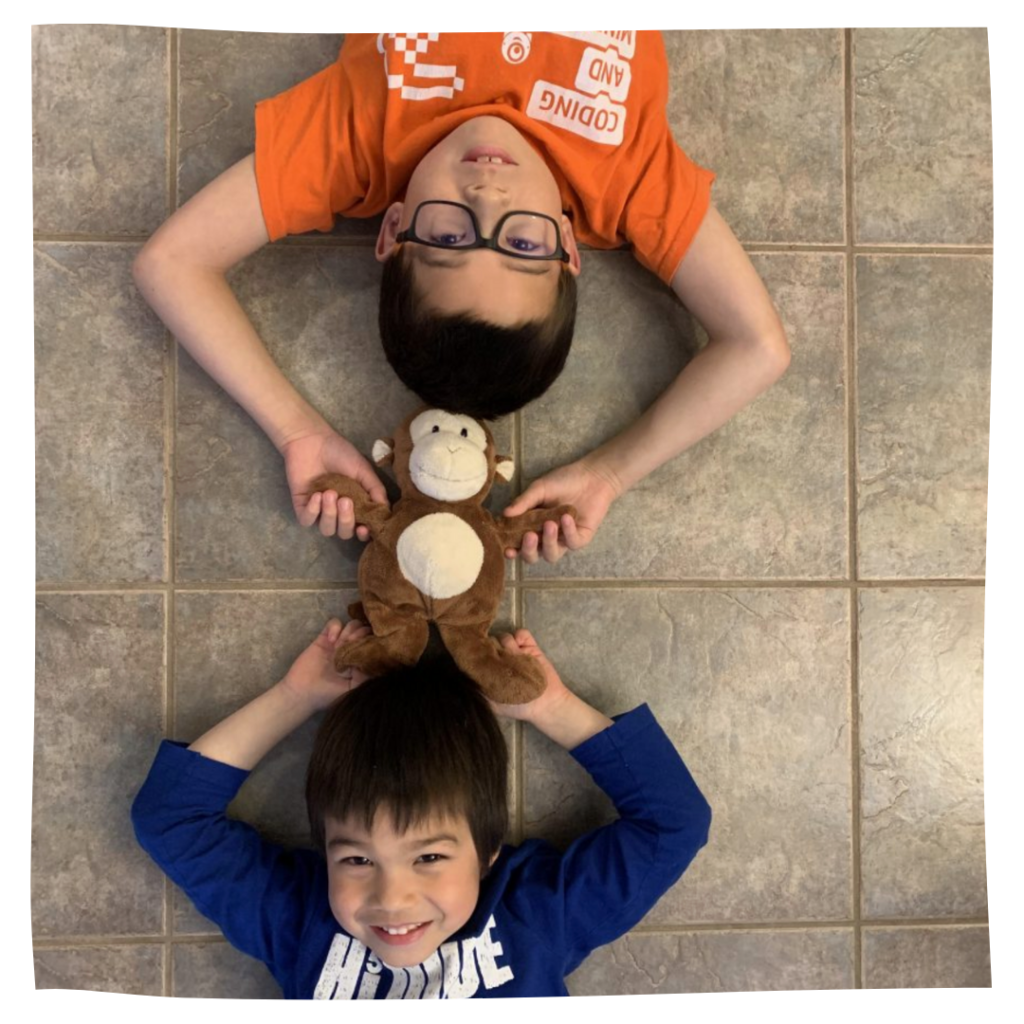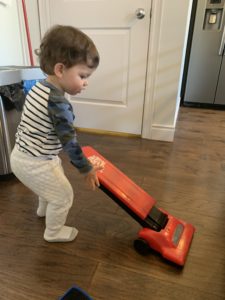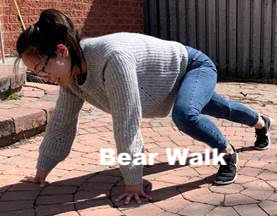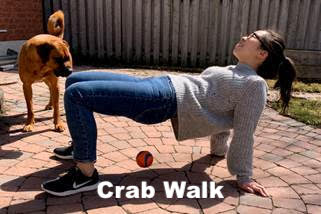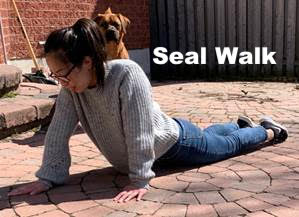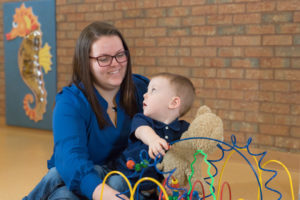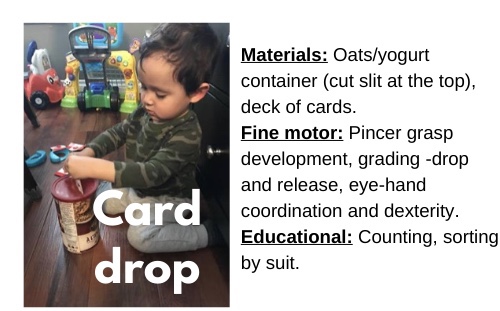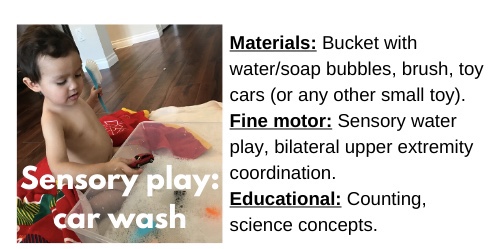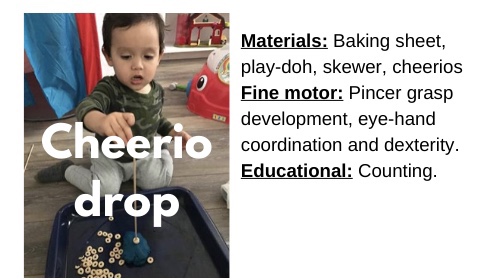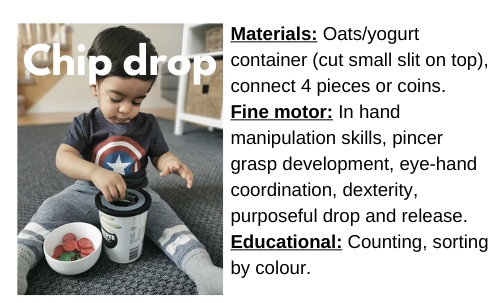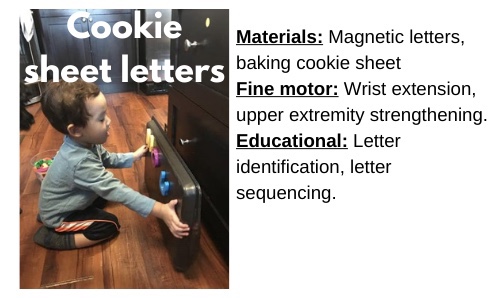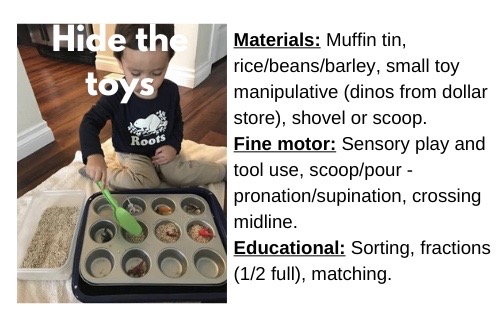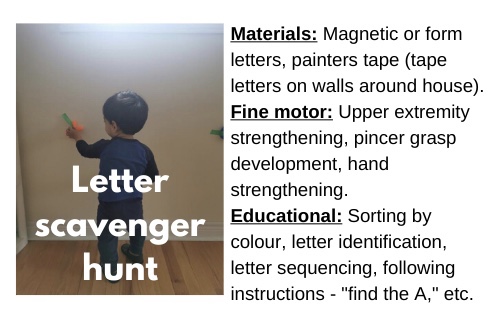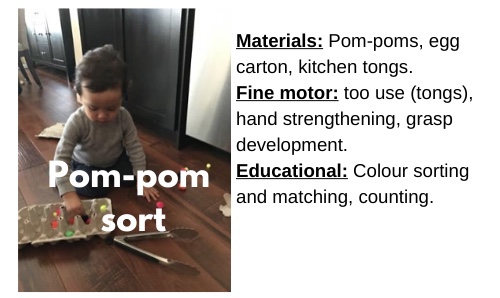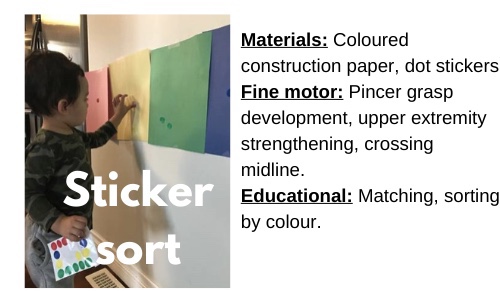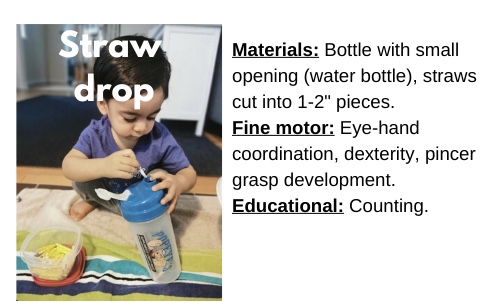Looking for fun ways to work on Speech and Language at home with your child? Grandview Kids Speech-Language Therapy Assistant, Karen, has a favourite activity to do in speech therapy sessions; making volcanoes. Read on to learn how to create your own at home and help work on speech goals with your kiddos.
When something exciting happens, children are usually motivated to use more language. Making volcanoes can be used with a variety of ages to practice a wide range of speech and language skills.
For children who are just beginning to use words, you can work on early vocabulary such as “in, more, pour, go, bubbles.”
When you make several small volcanoes, there are lots of opportunities to repeat, repeat, repeat. Remember to say the words and pause to give your child a chance to imitate. If your child has difficulty with a speech sound, you can pick a word to practice during the activity, for example “spoon, scoop, squeeze” for S-blends, “cup” for the K sound, or “fill” for the F sound.
For older children, you can practice story language like “first, then, next, before, after” and practice telling the story of making volcanoes to friends or family members on the phone or video chat. Take some pictures to help your child remember the steps. No matter which skill you are targeting, remember than FUN and INTERACTION are the building blocks for language. Once your child wants to stay and play, you can work on adding new words.
How to create your own volcanoes:
Step 1: Place several cups or small containers on cookie sheet sheet, in the kitchen sink, in the bathtub, or even out in the backyard if you don’t like messes!
Step 2: Put one or two scoops of baking soda in each cup – enough to cover the bottom of the cup.
Step 3: Squeeze some food colouring into each cup. If your child is too excited this could get messy. You could also use coloured drink crystals, drops of grape juice, or just skip the colour step. The bubbles at the end are the most exciting part.
Step 4: Pour enough vinegar in each cup to make the bubbles spill over.
Step 5: Watch the coloured bubbles until they stop fizzing, notice the colour mixing in the tray, listen to the sounds of the bubbles popping.
